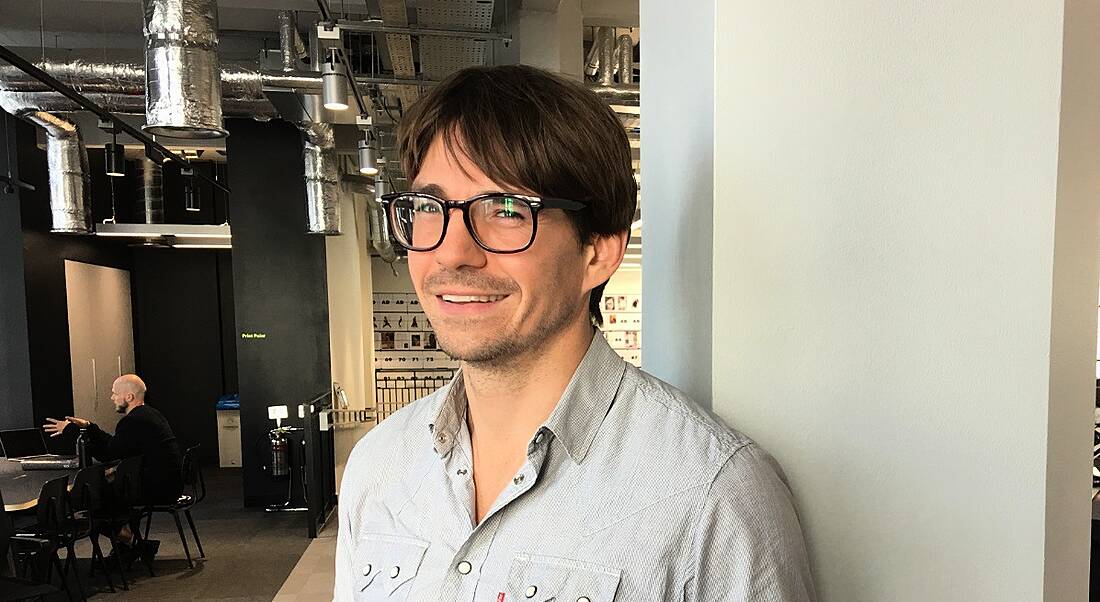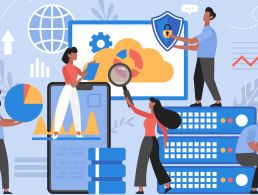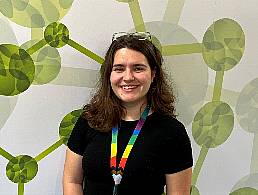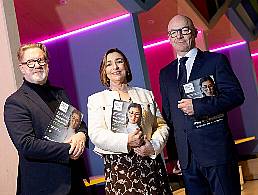ASOS’s lead data scientist, Ben Chamberlain, shares his advice for those who want to follow in his footsteps.
Being a data scientist can be a hugely rewarding career. Data science is becoming more and more necessary in a wide range of companies, so it is becoming a popular career choice for many.
But what exactly does the job of a data scientist look like? What kind of skills do you need and what will your day-to-day tasks be?
While a lot of that could depend on which industry you work for, there are still many basic principles to data science and a lot you can learn from those who’ve walked the path before you.
I spoke to Ben Chamberlain, the lead data scientist for online retail powerhouse ASOS. Founded almost 20 years ago, ASOS hosts more than 850 fashion brands alongside its own and, as of March 2018, its mobile app has had 10m downloads.
According to ASOS, it has more than 18m active customers across 240 different countries and territories, and uses Kemp Technologies to meet its incredibly high demand on its website.
Chamberlain has a PhD from the Imperial College statistical machine learning group and more than 10 years of industry experience. He previously worked as a scientist in the social media, defence and security industries.
He said the data science industry is evolving rapidly. “Data science is, after all, still only a relatively recent term, one that used to be called business intelligence, data mining or analytics, and is now transitioning to AI or machine learning,” he said.
“But, perhaps the biggest change has been standardisation around program language. A few years ago, R or Matlab were both popular, but Python is now very much the lingua franca.”
Chamberlain originally trained in physics and although he loved it, he never felt he had the talent to make an impact as a physicist. “About 10 years ago, I came across a survey in New Scientist, which asked correspondents which field they would choose if they had to give up their own. AI was the winner, and the blend of introspection and science appealed to me.”
Advice for new data scientists
For a budding data scientist, Chamberlain noted that along with Python, the increasing use of the major deep-learning frameworks such as TensorFlow or PyTorch should be on people’s radars.
“I’d also suggest that the single most common mistake we see in those just starting out is applying the latest complex deep-learning models to a problem that they don’t yet fully understand,” he said.
“Data science problems should always begin with data analysis and the establishment of naive performance benchmarks.”
Chamberlain’s major piece of advice to someone just starting out is to work on their engineering skills. “Don’t just learn to program, but understand testing, design patterns and debugging. Few things in data science are more satisfying than building robust products that are used by millions of people. Unless you develop your engineering knowledge, you will never be able to do this.”
Finally, Chamberlain mentioned some of his productivity tips that help him get through his day as a data scientist. “I love Trello, which I use as a to-do list. I have five columns that I work from. These are ‘objectives’, ‘now’, ‘next’, ‘later’ and ‘done’. I don’t do anything that can’t be tied to one of my objectives and, at the end of every day, I spend a little time moving three or four tasks into ‘now’ to be completed tomorrow.”
He said he would also strongly recommend time-boxing. “If I’m reading a research paper, I normally give myself 30 minutes in the first instance and I write the time I will finish on a piece of paper in front of me. This helps to keep me focused on the current task that I’m working on.”
Updated, 5.33pm, 15 October 2018: This article was updated to reflect a more up-to-date figure for active users.




